Are you looking for animals that start with Z? Great! You’re in the right place! We have a long list of animals that start with the letter Z!
To our great surprise, there are a bunch of animals beginning with Z. That’s why we wanted to create this article with some of the least-known creatures in the animal kingdom.
In this article, you’ll learn lots of things about these animals that begin with Z. Whether you’re looking this up for a school project or simply because you’re curious, you’re in the right place.
Hey, friend! Did we miss your favorite animal that starts with the letter Z? Drop their names in the comments below.
Animals That Start With Z
Here are some of the most exciting animals that begin with the letter Z.
Zambezi Flapshell Turtle

Zambezi flapshell turtles are a species of softshell turtle in the family Trionychidae.
Within their family, this species belongs to the small Old World subfamily Cyclanorbinae.
They are found in Malawi, Mozambique, Tanzania, Zambia, Zanzibar, and Zimbabwe—all southeastern African countries.
Zoe’s Imperial Pigeon
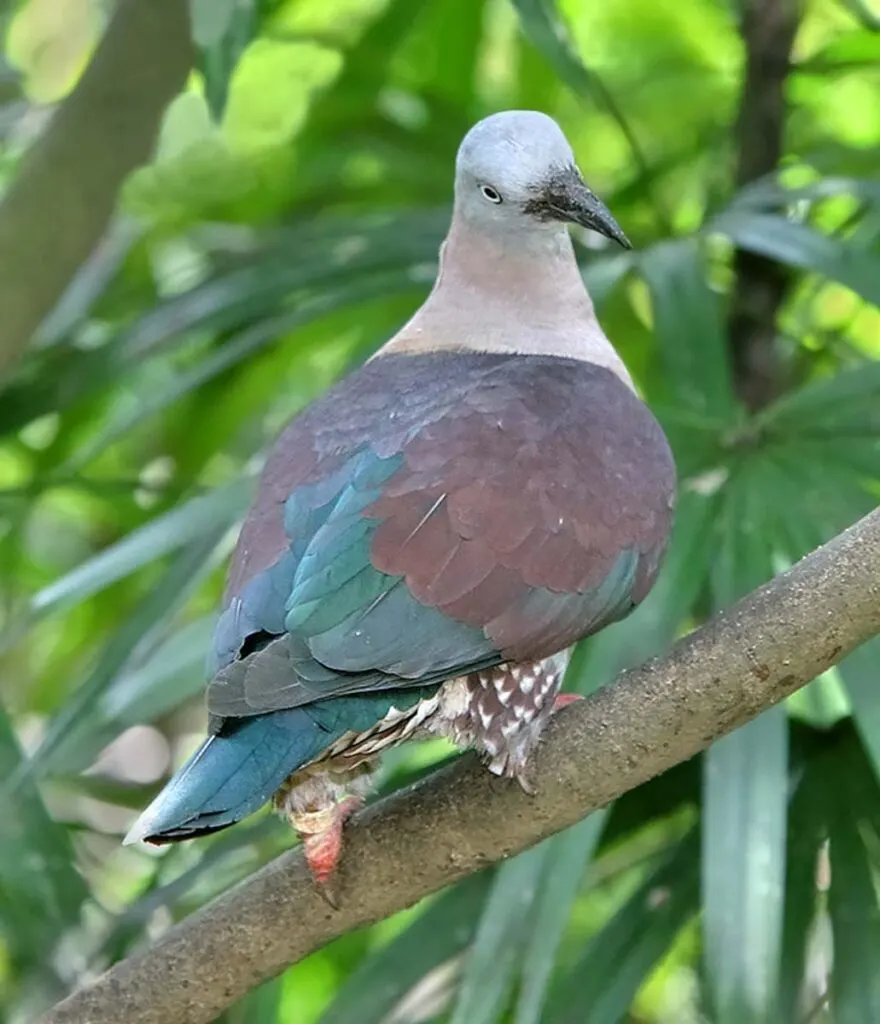
Zoe’s imperial pigeons, also known as the banded imperial pigeons, are a species of the Columbidae bird family.
These types of pigeons are found in New Guinea, and their natural habitats are subtropical or tropical moist lowland forests, mangrove forests, and montane forests.
These animals that start with Z are named after Zoë Lesson, the wife of French ornithologist René-Primevère Lesson, who described them.
Zimmerman’s Poison Frog
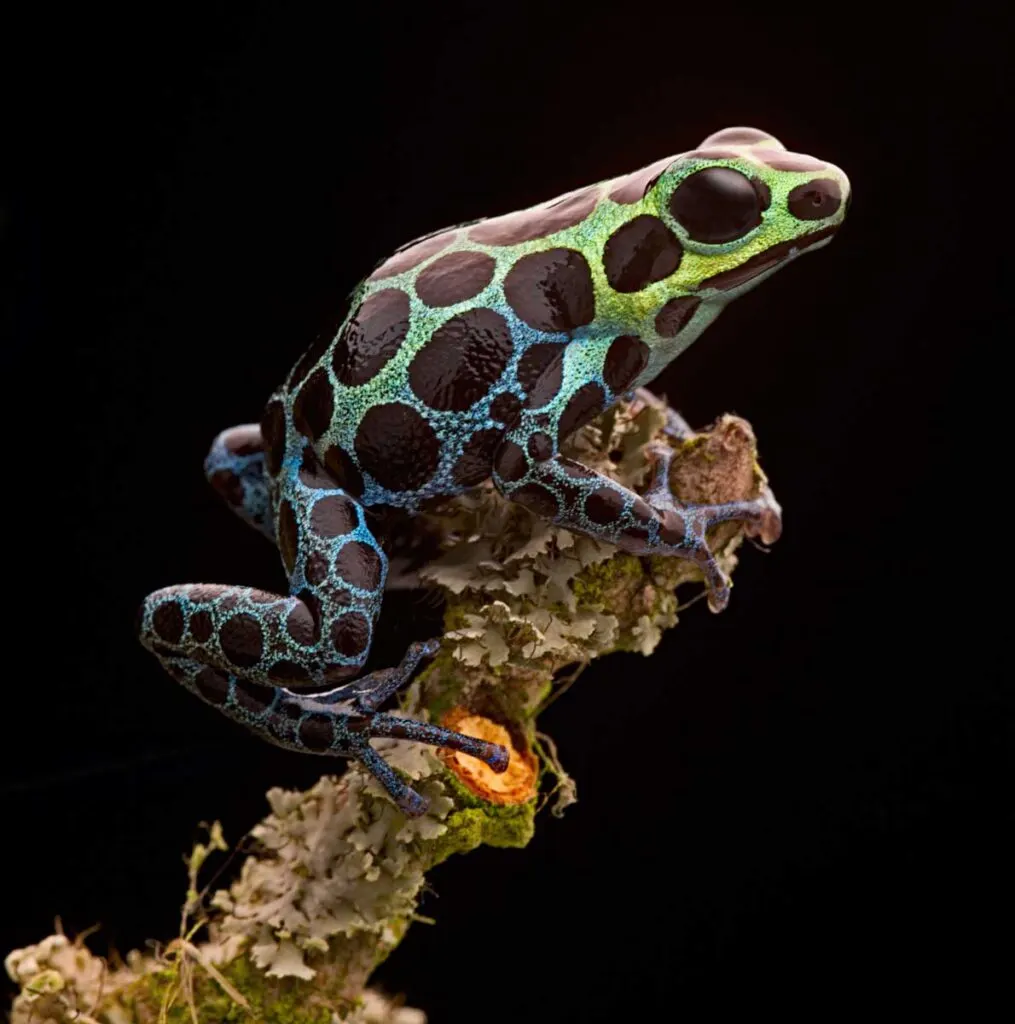
Just like other poisonous animals, Zimmerman’s poison frog has a yellowish-green color.
Apart from the yellow-green color, the frogs also feature pale green, orange, bright yellow, or even copper.
These frogs are very toxic and use their poison to paralyze their prey. In some cases, the toxin may even be deadly.
Zebra Duiker
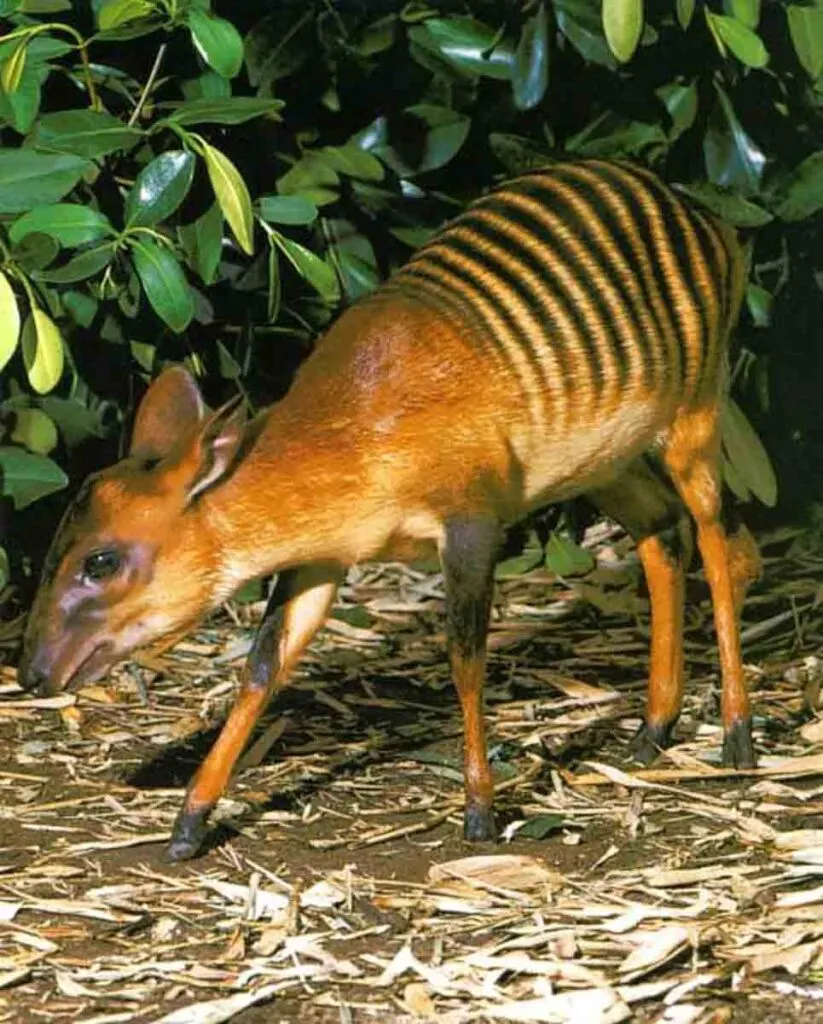
Zebra duiker is a small antelope found only in some parts of the world, namely West Africa, the Ivory Coast, and parts of Sierra Leone.
When zebra duikers are born, they are bluish, and their stripes are closer. Within seven to nine months of birth, the baby zebras start looking like adult zebra duikers.
Zorse
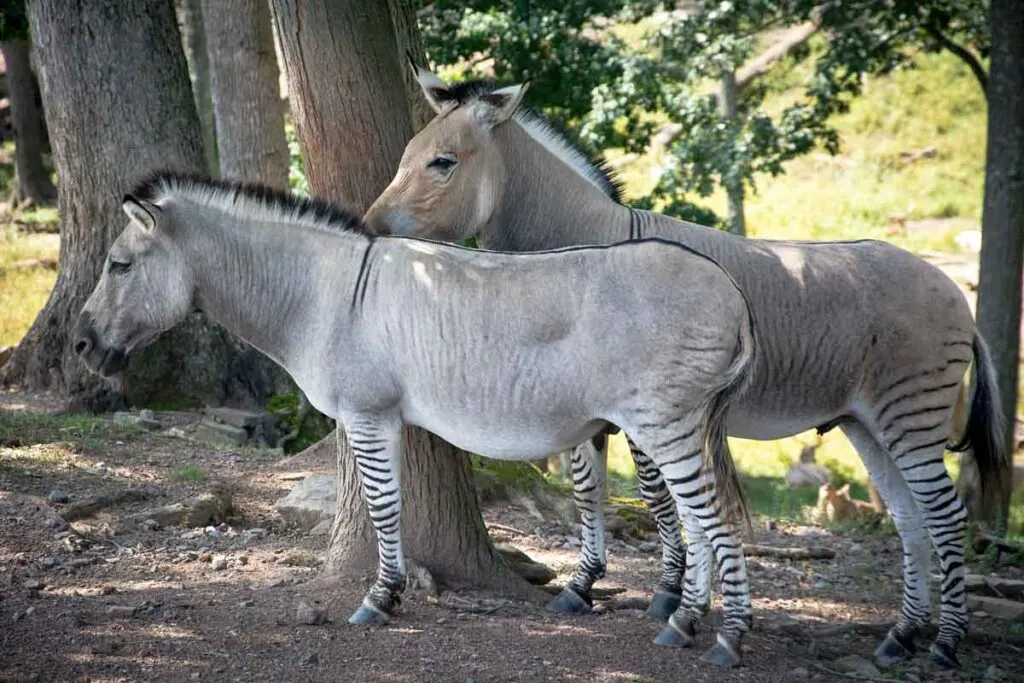
Zorses are hybrid animals resulting from the crossbreeding between a zebra and a horse.
Usually, zorces are the crossing of a male zebra and a female horse.
Offsprings of a horse sire and a zebra dam are called hebras, but these zebroids are rare and are usually sterile.
Zebra Shark
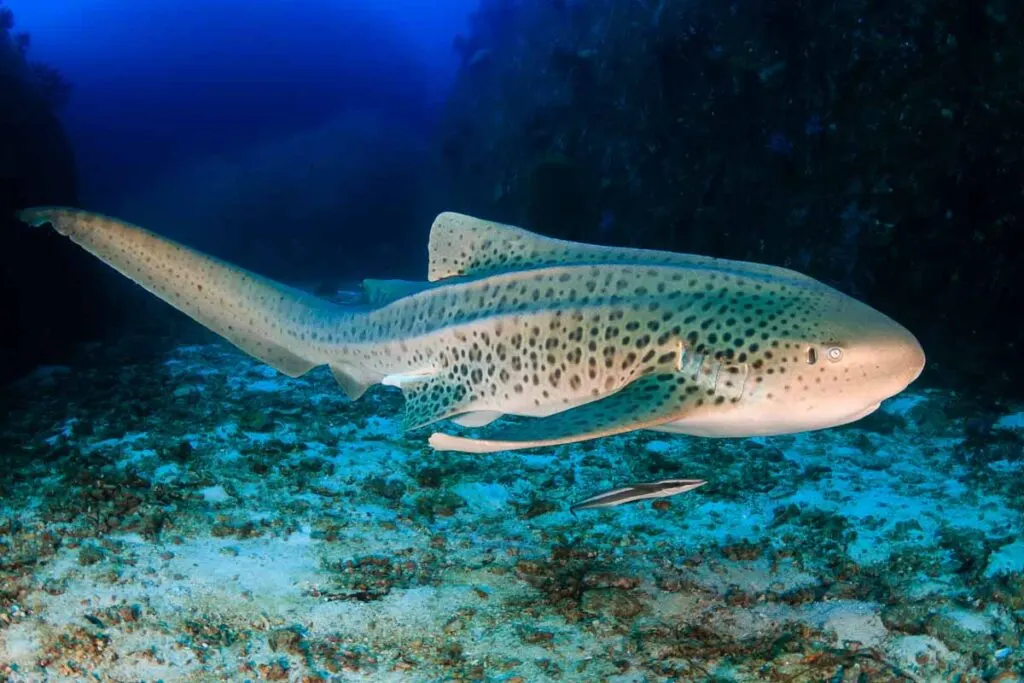
Zebra sharks are born with yellowish stripes, but as they grow older, they change to spots.
Due to this, the zebra sharks are also alternatively known as ‘leopard sharks.’ Apart from the patterns on their bodies, a unique feature of zebra sharks is their tail, which is as long as the shark’s body.
They’re found in the western Pacific Ocean and are currently listed as an endangered species.
Zone-Tailed Hawk
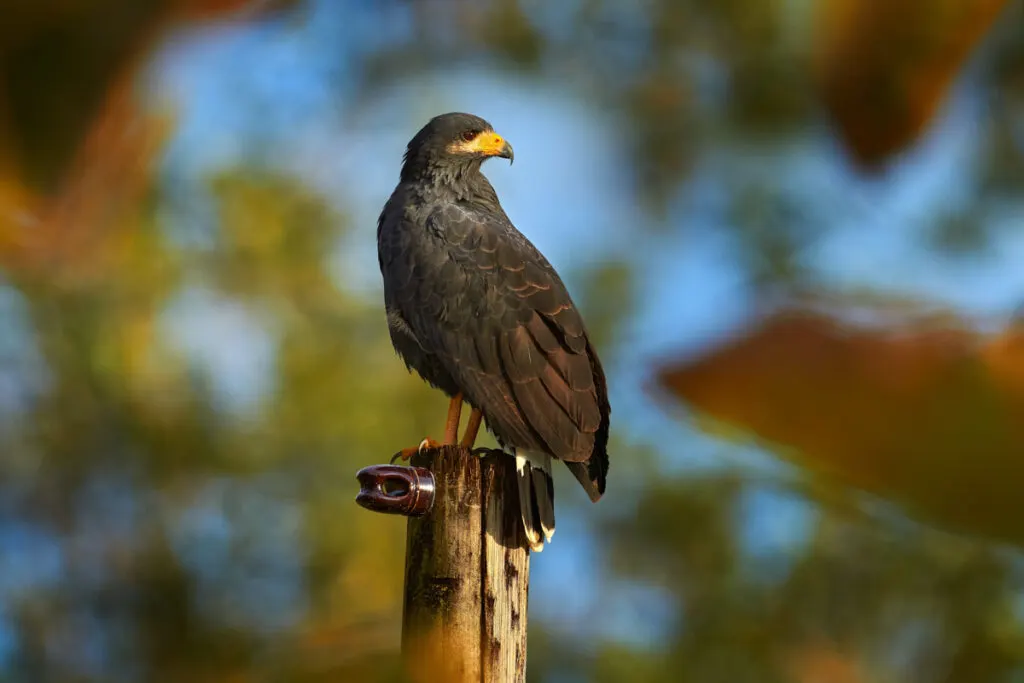
Zone-tailed hawks look very similar to Turkey vultures and, at times, use this characteristic to blend into a flock of turkey vultures too!
They reside in pine-oak or coniferous forests and are found in large numbers across America.
Depending on the food and environment they live in, these types of hawks can enjoy a lifespan of 25 years.
Zebra Longwing Butterfly
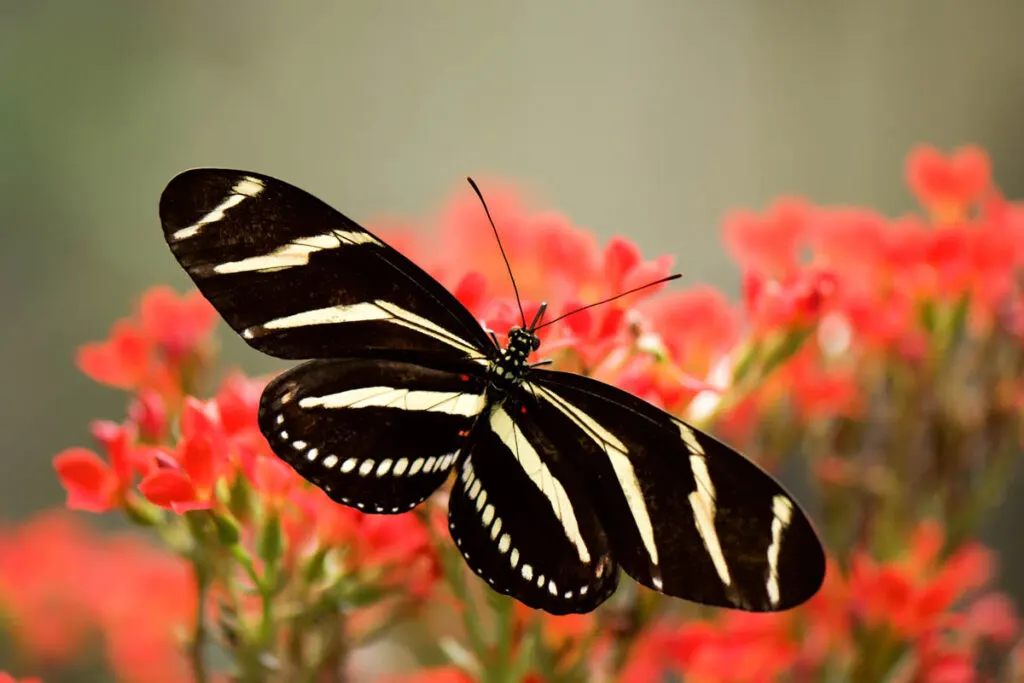
Unlike other butterflies that survive only for a week or two, the zebra-longwing butterflies have a lifespan of over a month.
This is because their diet consists of pollen and nectar, ensuring they get the protein required to thrive.
They’re attracted to passion vines or other nectar plants – so if you wish to draw them to your gardens, you know what to do!
Zenaida Dove
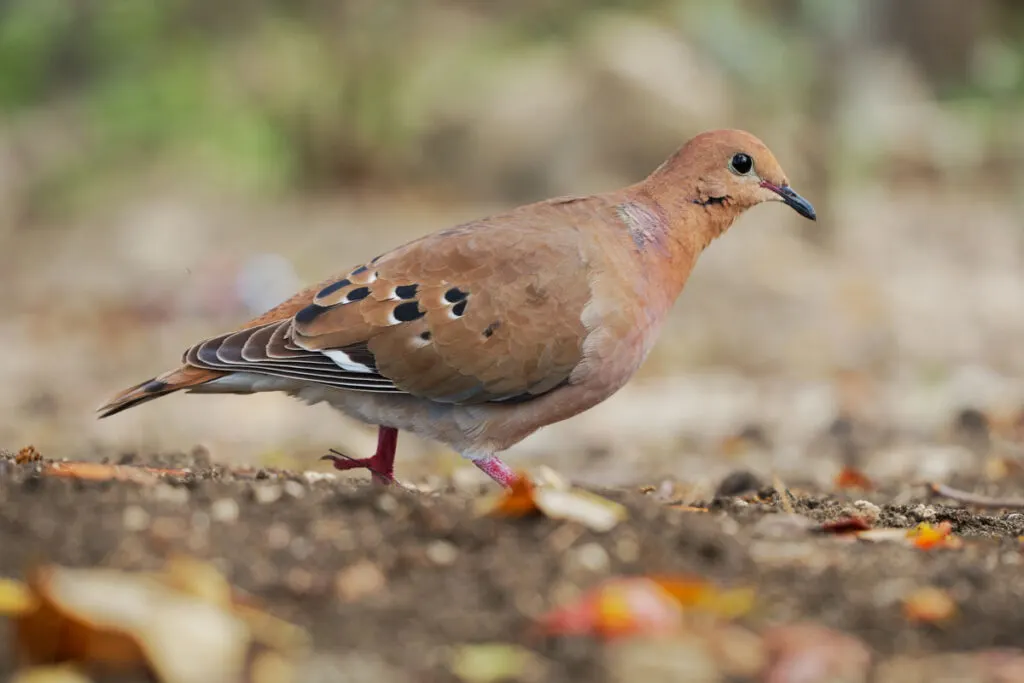
The national bird of Anguilla, Zenaida doves are often mistakenly referred to as turtle doves owing to their similarities.
They are medium-sized and feature different shades of gray on their bodies. The bird is also found across the Caribbean and parts of Central and North America.
Zebu
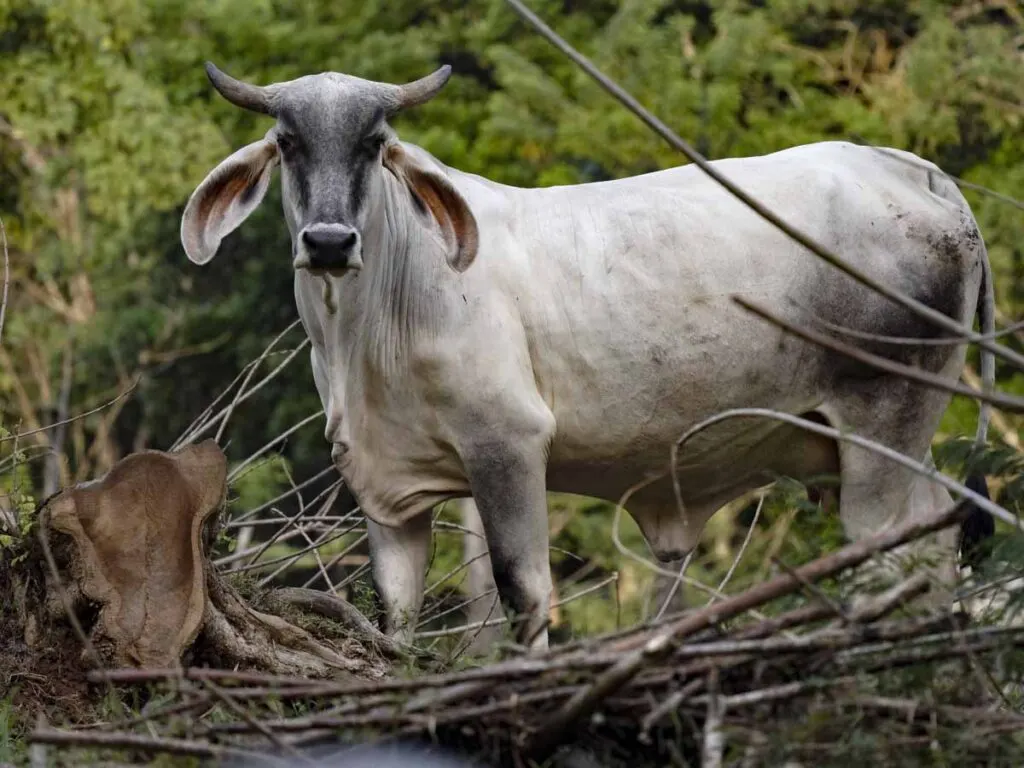
Zebu is one of the oldest cattle breeds in the world, and according to records, they were first spotted between 2000-3000 BC.
They are one of the smallest cattle breeds and can run up to the speed of 25 miles per hour. A typical mating trait of zebus is that only the dominant male can mate with the females.
The approximate gestation period of zebus is ten months, but it is interesting to note that the gestation period of male calves is lesser than that of females.
Zimmer’s Woodcreeper
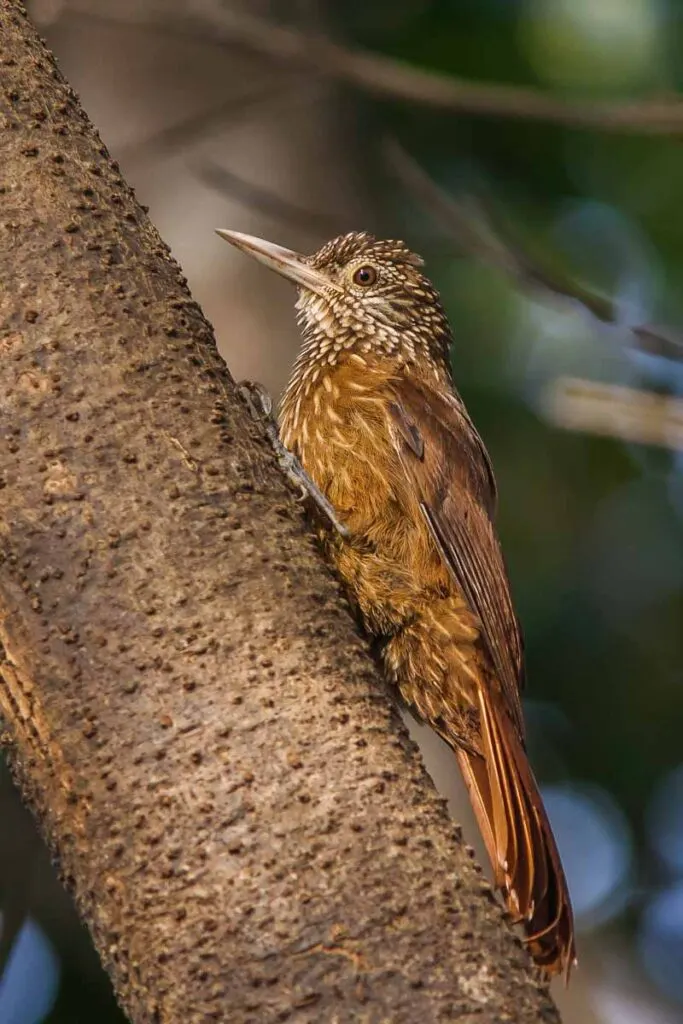
Zimmer’s woodcreeper is a species of bird in the woodcreeper subfamily Dendrocolaptinae.
Its genus, Dendroplex, was recently confirmed to be distinct from Xiphorhynchus.
These gorgeous animals that start with Z are found in Brazil’s Amazon basin as well as in adjacent border areas of northeast Peru and southeast Colombia. Their natural habitat is Várzea.
Zapata Wren
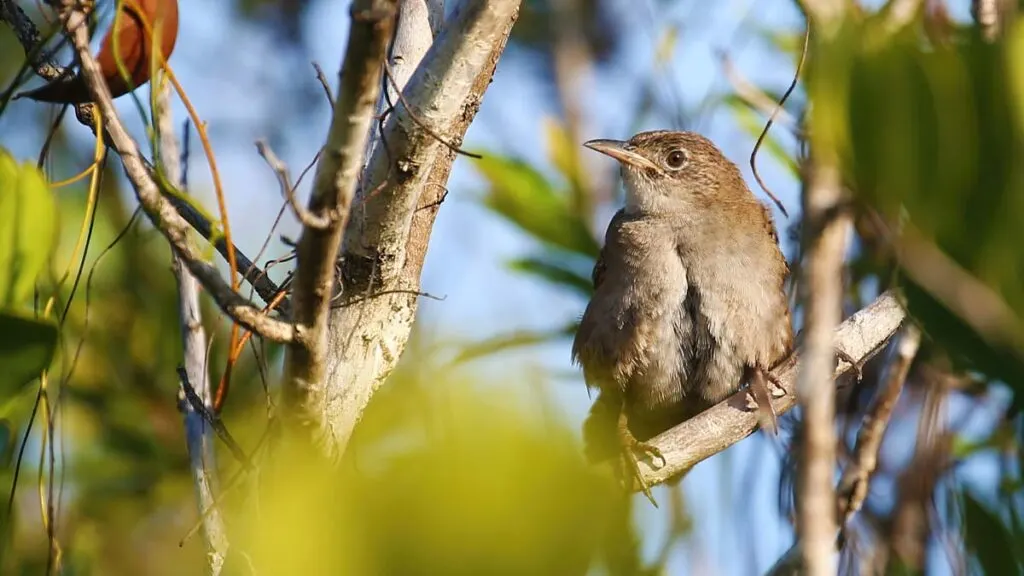
These small brown birds feature black stripes and gray underparts.
Their call and songs are similar to that of the house wren, and most people end up mistaking them for the latter species. The birds are confined and endemic to the Zapata peninsula in Cuba.
During their breeding season, the Zapata wrens prefer making their nests in sawgrass tussocks.
Zebra-Tailed Lizard
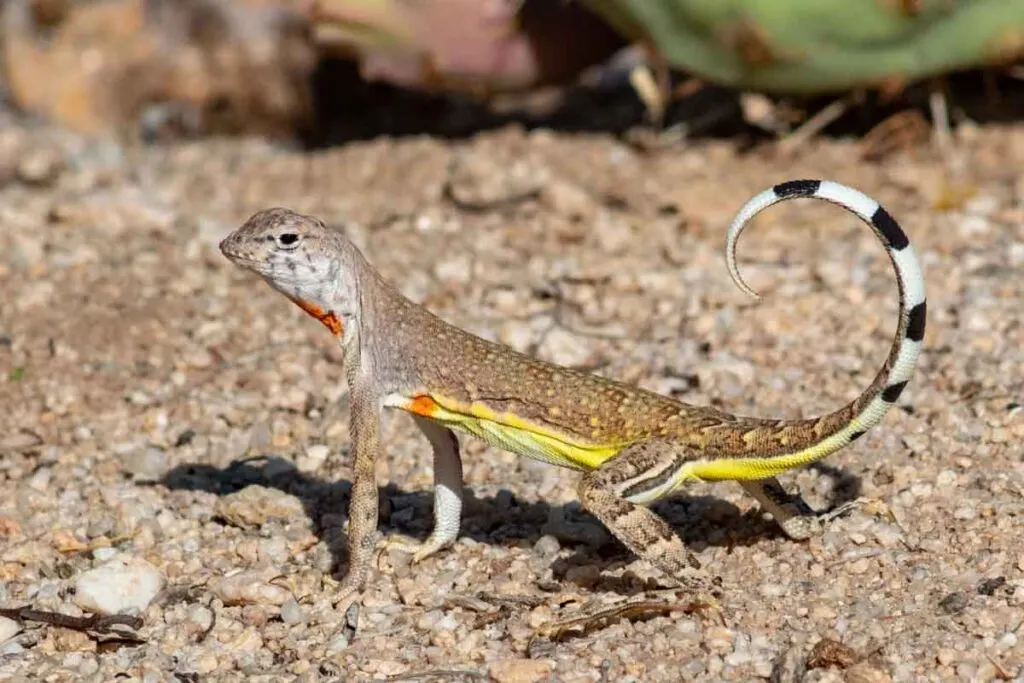
As the name suggests, the zebra-tailed lizards have a striped zebra tail.
They are super fast, and their speed is their defense mechanism when they find themselves in the presence of a predator.
These lizards have a common appearance in deserts and sandy regions. At night, the zebra-tailed lizards bury themselves in the sand, and during the day, they seek shelter under bushes.
Zigzag Heron
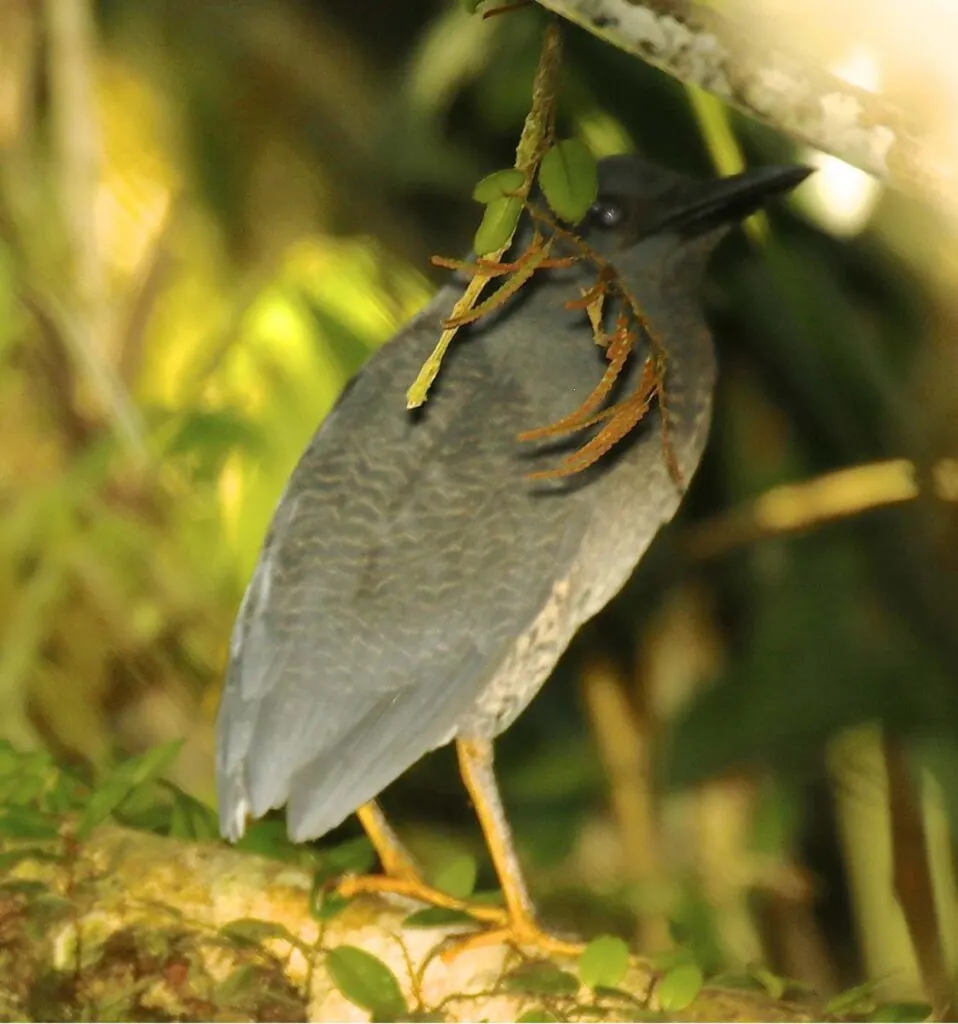
The zigzag herons are tiny woodland heron types and are rarely spotted in their natural habitat – forests.
They prey on fish and insects and have a unique hunting style, in which they ambush their prey from low perches while swishing their tails, making them one of the most interesting animals that start with Z.
Zarudny’s Sparrow
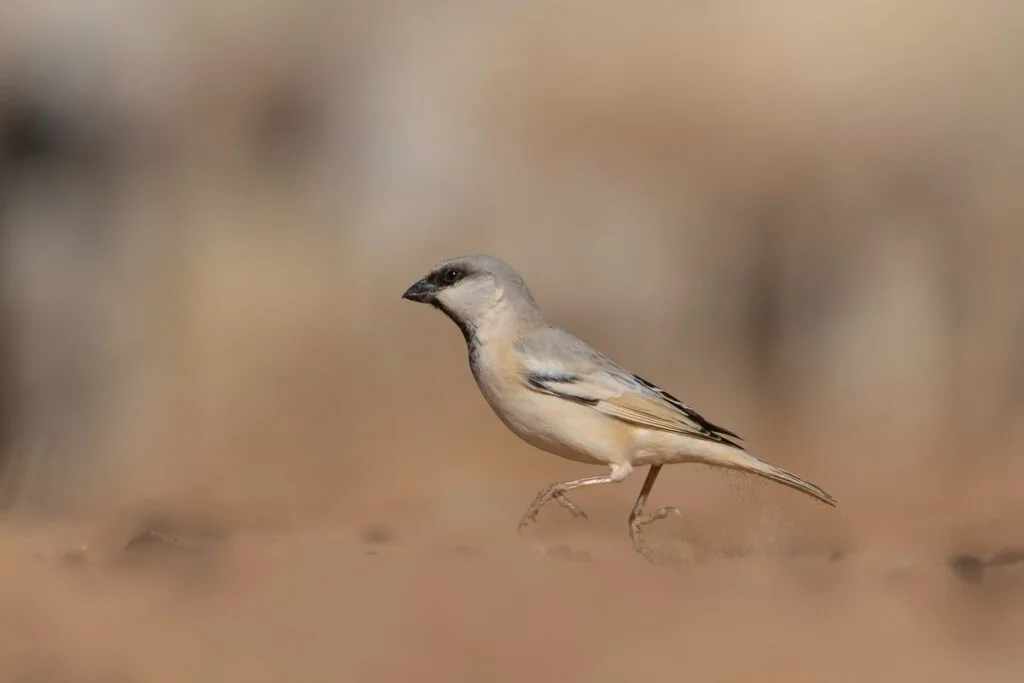
Also known as Asian desert sparrows, Zarudny’s sparrows are endemic to Uzbekistan and Turkmenistan.
There are many species of sparrows that look very similar to Zarduny’s sparrows.
Still, this species is a slightly different plumage which makes it easy to distinguish them from other species of sparrows.
Zeledon’s Antbird
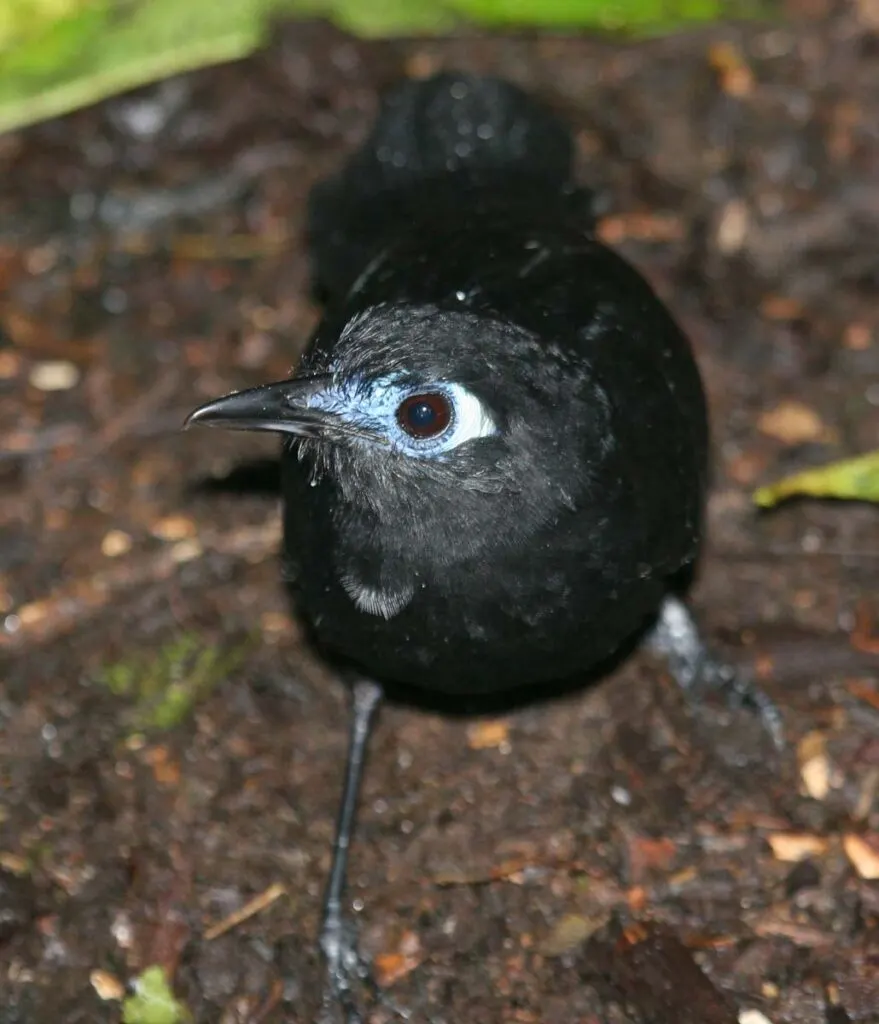
Male antbirds are completely black, whereas the female variants are completely dark brown in color. Both male and female Zeledon’s antbirds have pale blue skin around their eyes.
These birds are usually found in pairs in deep forests and, at times, are also spotted chasing a swarm of ants.
Zebra Dove
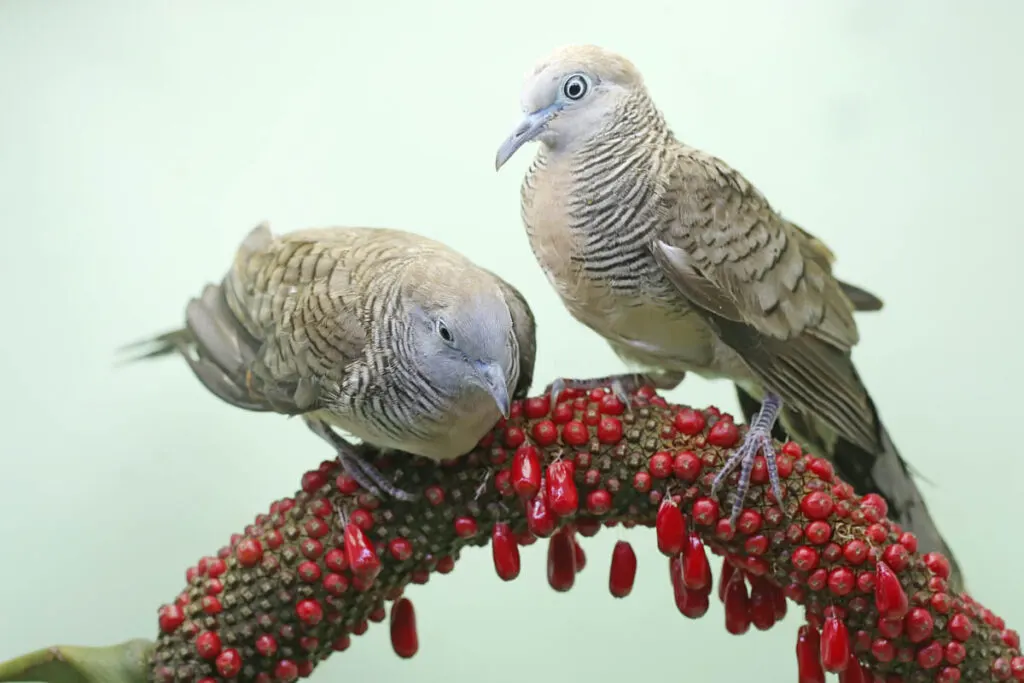
Also known as Barred Ground doves, the zebra doves often inhabit farmlands and open country.
These birds feed on small grass and seeds and, at times, will also eat insects. The breeding season of the zebra doves is from September to June.
The female typically always has one or two eggs, which the parents incubate for 13-18 days.
The nestlings leave the nest after two weeks and are able to fly well when they are three weeks old.
Zhou’s Box Turtle
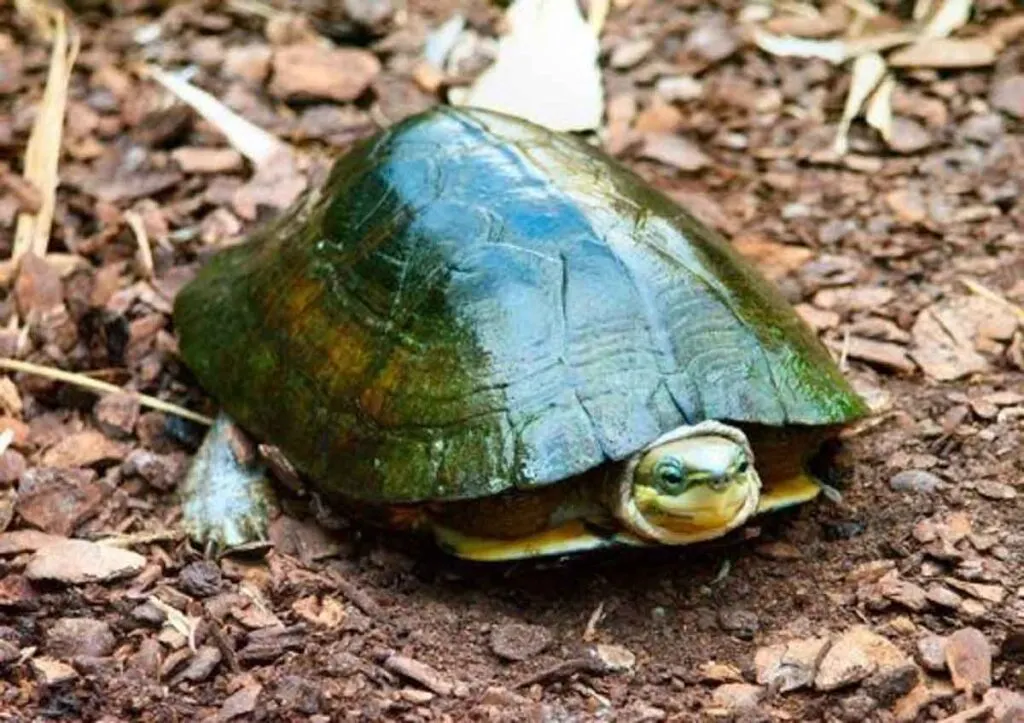
Little is known about this turtle species and its origin, as they are mostly held in captivity. They are, however, believed to have their origins in Guangxi and Yunnan provinces.
In captivity, the species spends most of its time submerged underwater, and the turtles are expected to display a similar behavior even in the wild.
Zapata Sparrow
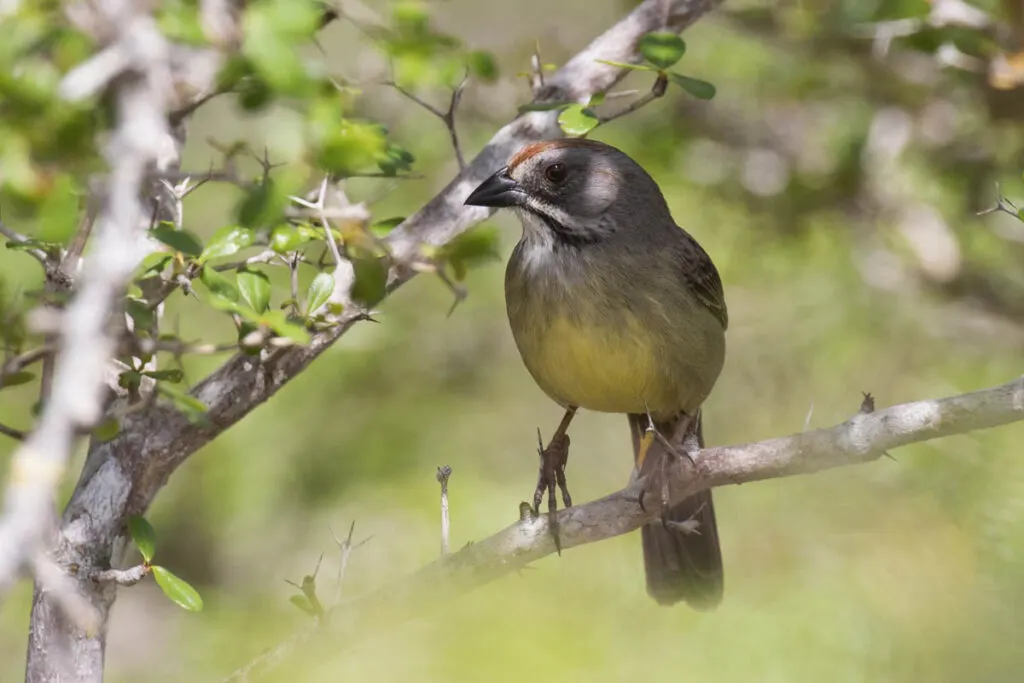
Medium-sized birds, the Zapata sparrows are gray in color with yellow underparts.
They are found in the Zapata Swamp and some other parts of Cuba. These birds are diurnal and herbivorous.
Zebrafish
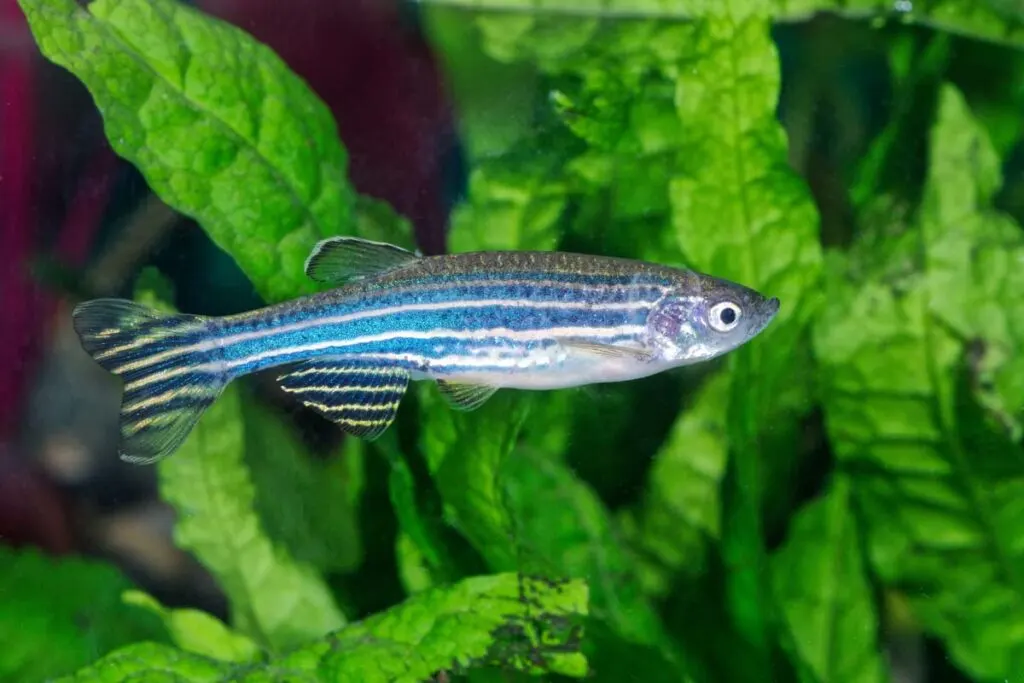
Zebrafish are known for their excellent regenerative capabilities and rapid embryonic development.
These fish are one of the few species of fish that have been sent to space! It is a tropical freshwater fish found in northern parts of India, Pakistan, Bhutan, and Nepal.
As you might have imagined, they are called zebrafish because of the white stripes along their body.
Zanzibar Red Colobus
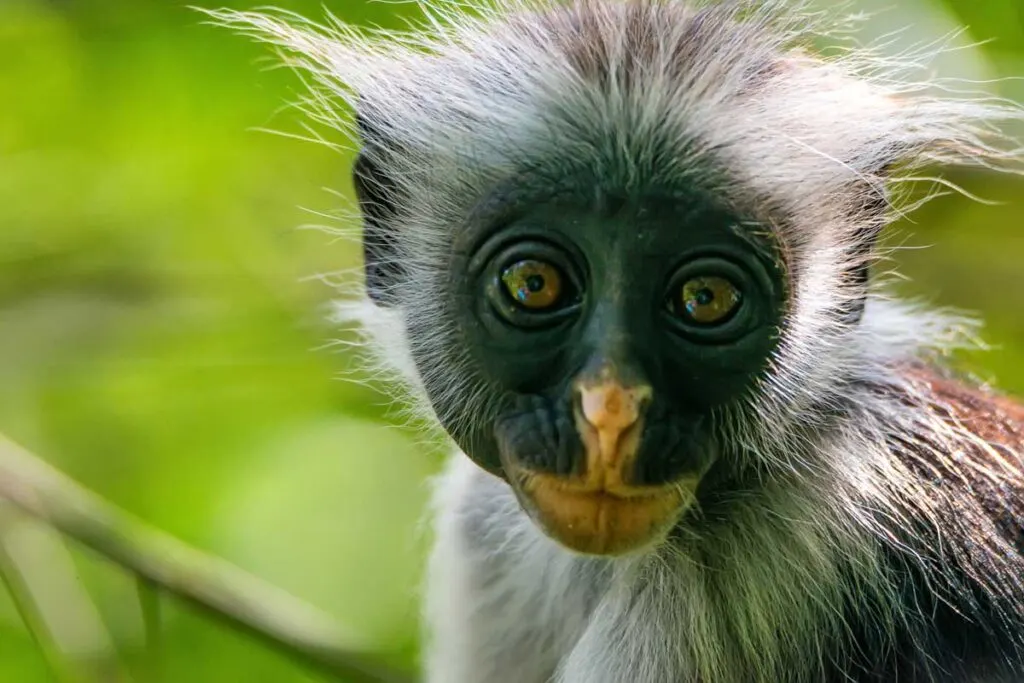
Indigenous to Unguja, the main island in Zanzibar, the Zanzibar red colobus once lived on the mainlands of Africa.
But now, the species has restricted itself to Zanzibar only. These leaf-eating monkeys are medium-sized and have potbellies.
Adult male colobuses have stronger skulls, bigger canines, and thicker tails as compared to their female counterparts.
Zino’s Petrel
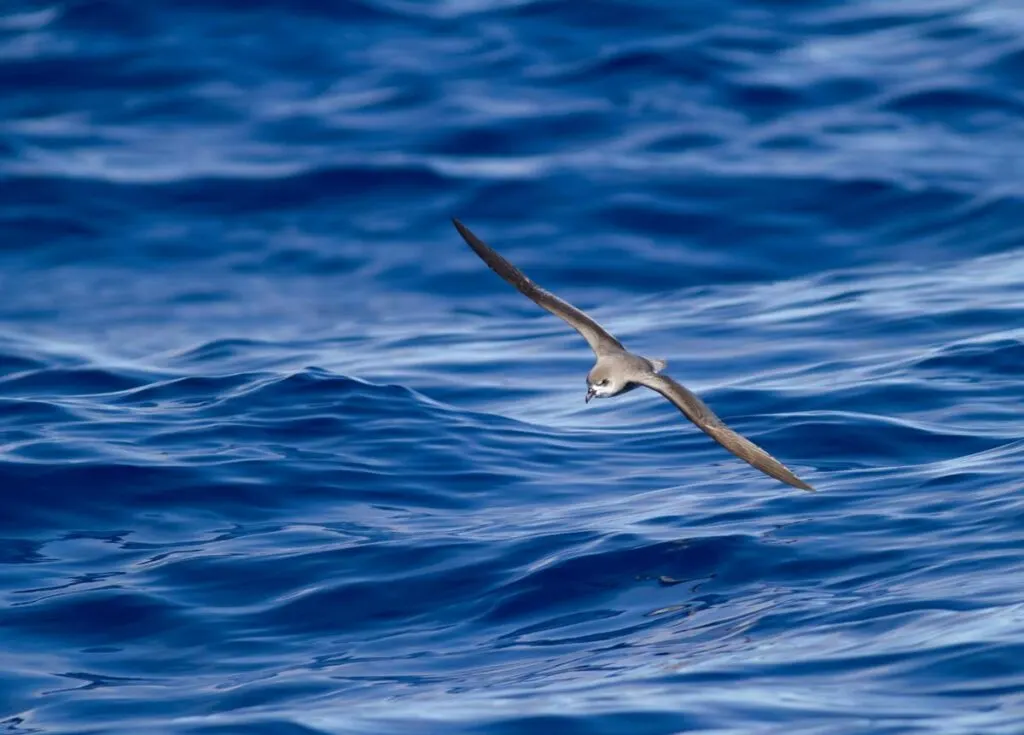
The Zino’s petrel is currently one of Europe’s most endangered seabirds. It is endemic to the island of Madeira, as they prefer temperate and tropical climates.
The bird nests in burrows which it visits only at night. Both parents take turns incubating the egg.
The petrels lay only one egg at a time, which, too, is susceptible to danger from rats and cats.
The dwindling population of the zino’s petrels is a point of concern, and the bird is currently on the IUCN Red List.
Zanzibar Bushbaby
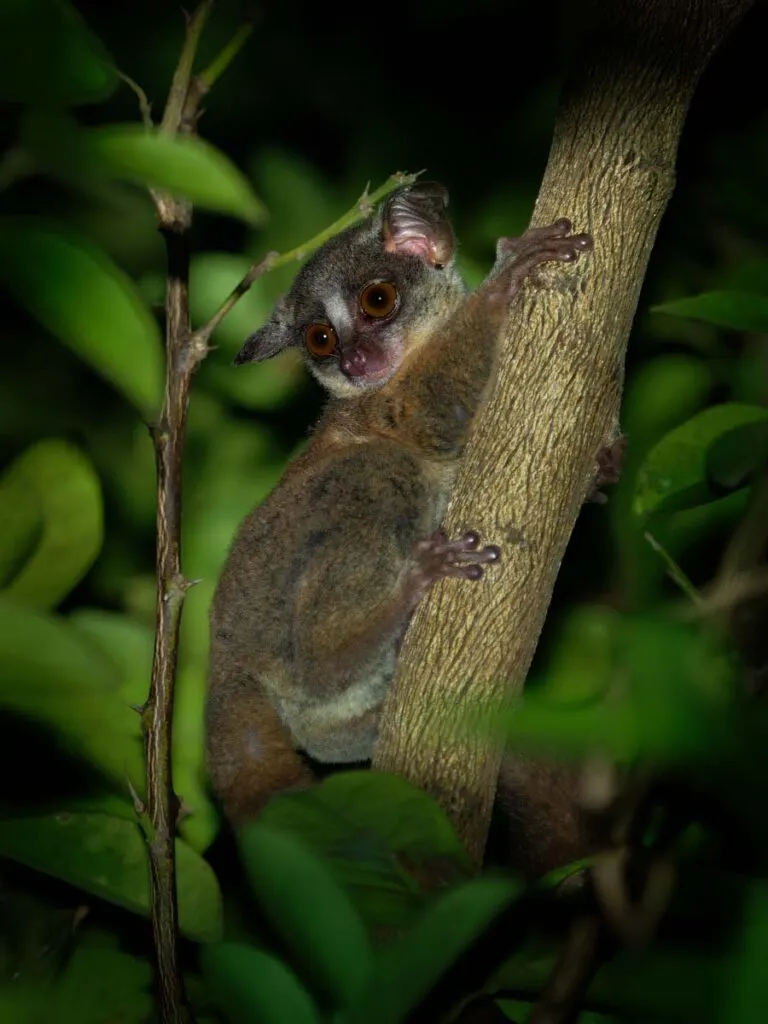
Zanzibar bushbabies come in three colors: brown, gray, and yellow. They are furry and weigh between 3-3.5 lbs.
Their most distinctive feature is their eyes, which are large and expressive. In a series of leaps, the Zanzibar bushbaby can cover a distance of 30 feet in just a few seconds!
Zanzibar Red Bishop
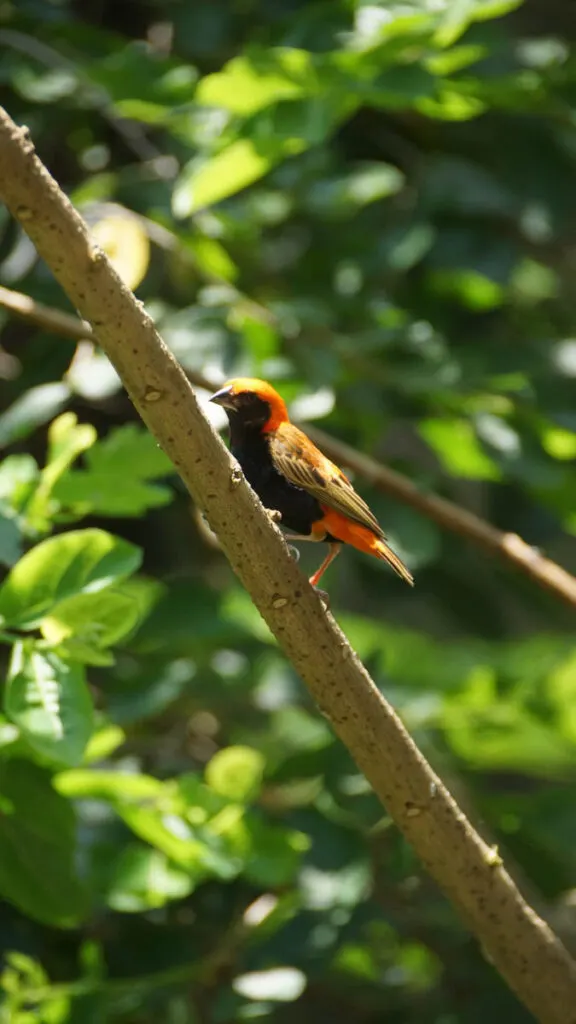
Zanzibar red bishops are spectacular birds with black underparts and contrasting orange heads and upper parts.
Breeding males appear all the more appealing as compared to their female and non-breeding male counterparts, who are paler in comparison.
The birds are endemic to Zanzibar, which explains their name.
Zappey’s Flycatcher
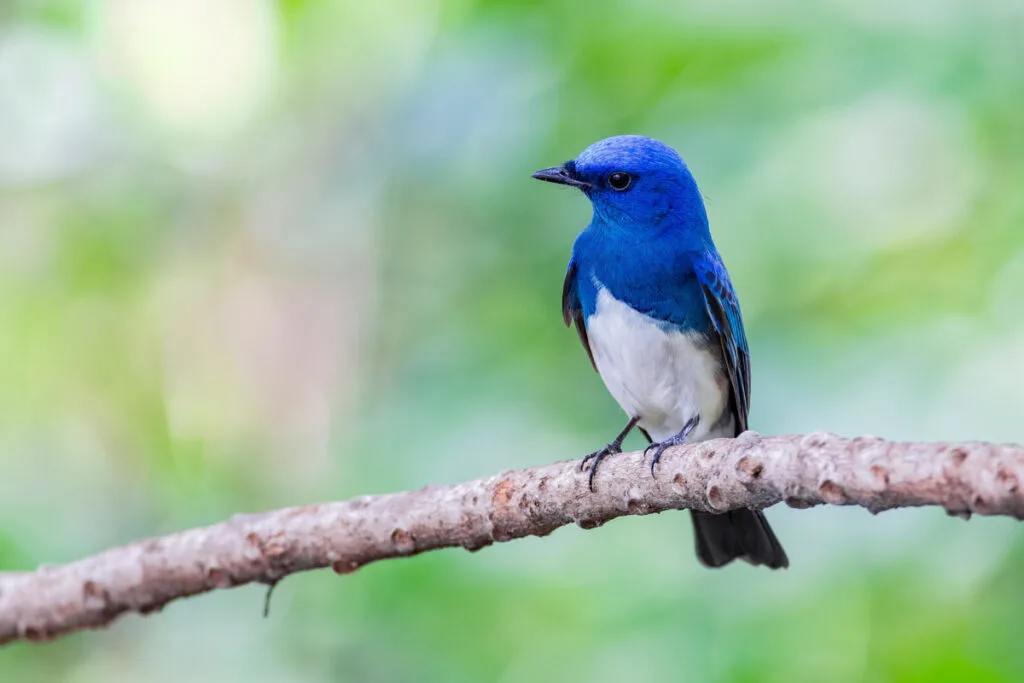
The male Zappey’s flycatchers are radiant birds, and they feature a combination of lovely colors – white, gray, and electric blue.
Female flycatchers are almost unrecognizable as they are a lot paler and plain-looking as compared to flamboyant males.
The birds breed in mixed forests in Northern China, and their wintering grounds are usually in evergreen forests.
Zorilla
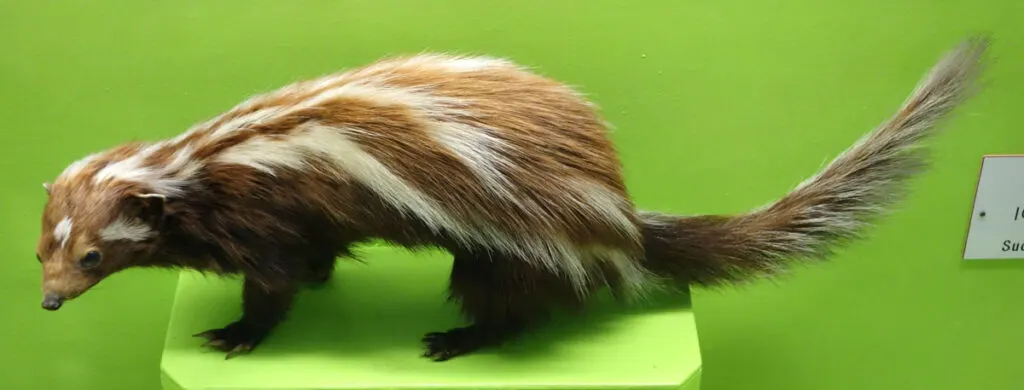
Also known as Striped polecats, the zorillas look a lot like skunks, but they aren’t!
Zorillas live across sub-Saharan Africa and can sustain in almost all types of habitats – grassland, woodland, rocky areas, deserts, and forests.
They live by themselves and associate with family occasionally. As they have small stomachs, zorillas tend to eat often.
They look for food by digging through the earth with their clawed paws.
Zempoaltépec Vole
When compared to other voles, the Zempoaltépec vole is much larger and features a longer tail.
It is a mix of brown, dark gray, and a reddish-yellow shade, which makes it easy to spot and identify this species of rodent.
The Zempoaltépec vole is found only in a semi-isolated mountain range in Mexico.
Zimmer’s Tody-Tyrant
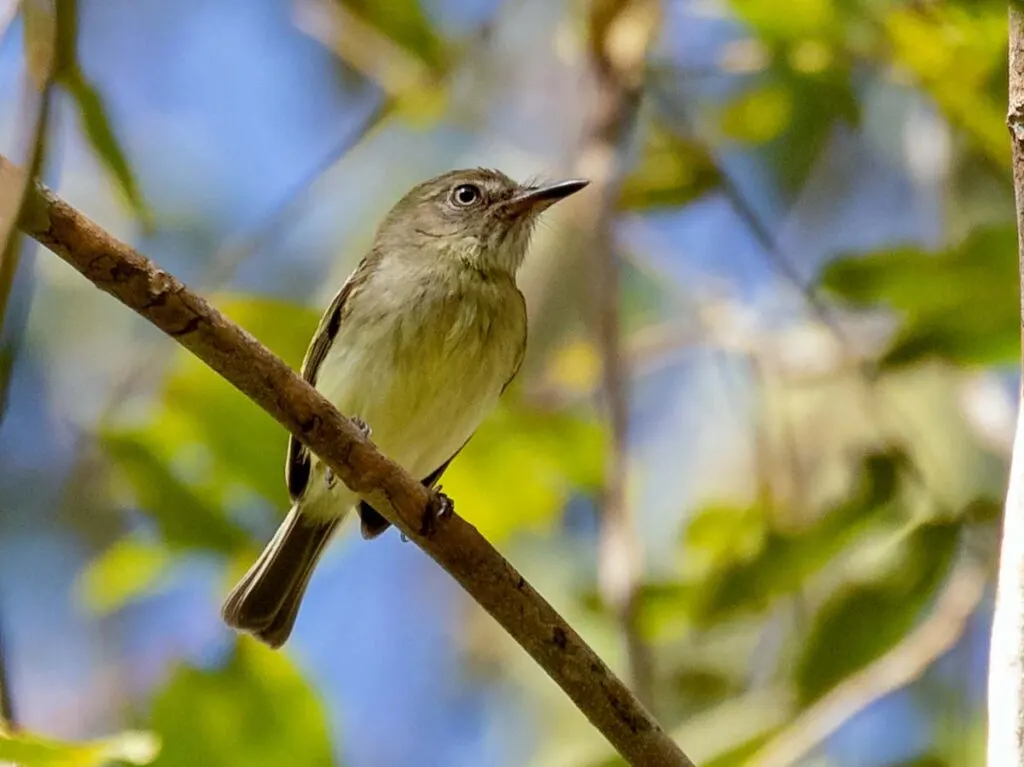
This bird is named after renowned American ornithologist John Todd Zimmer.
These small flycatchers have long, thin bills and yellow eyes and have a brownish olive body with dusky streaks.
Found in Brazil, Bolivia, and Peru, the birds prefer subtropical and tropical habitats.
Zebra Mussel
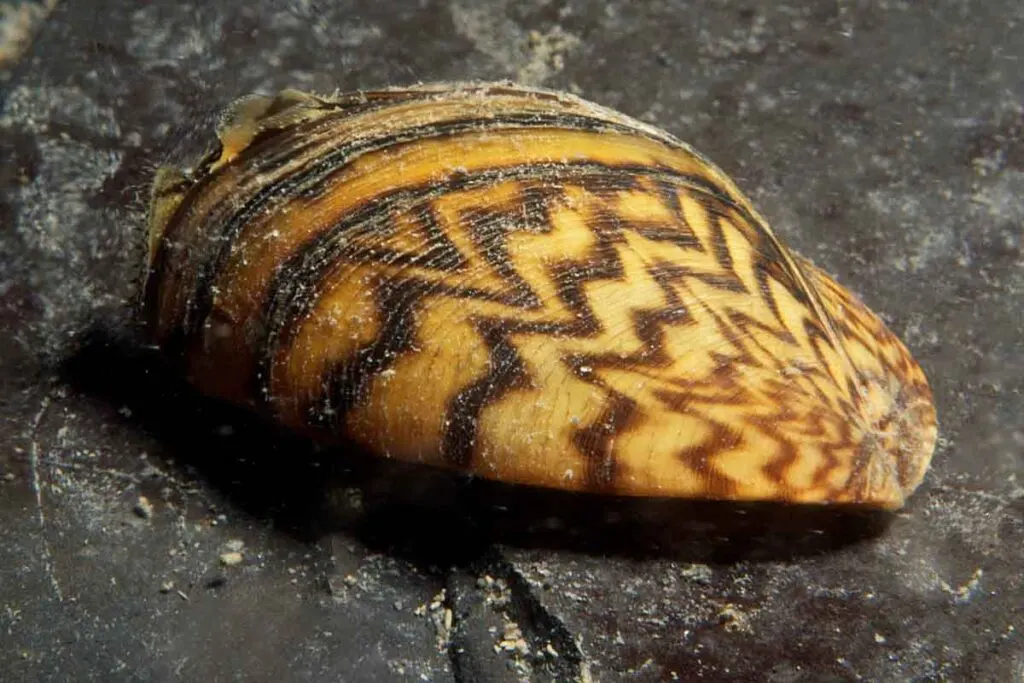
Zebra mussels are small freshwater mussels native to the lakes of southern Russia and Ukraine and invasive species around the world.
Both the Smallmouth bass and the crayfish prey on zebra mussels.
Zimmer’s Flatbill
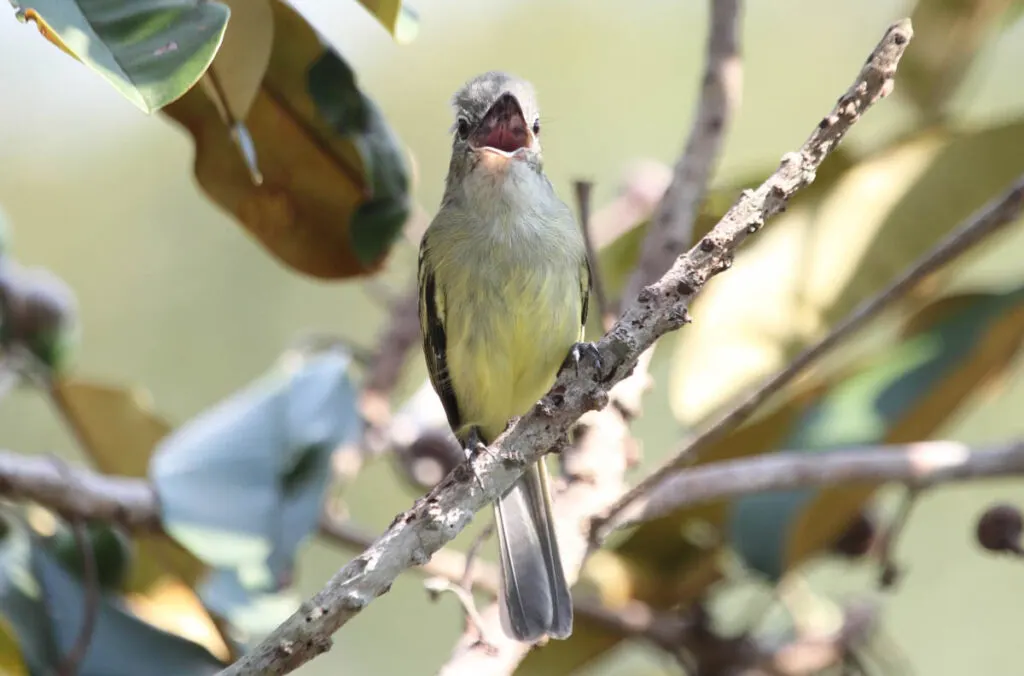
Zimmer’s flatbills are also known as yellow-margined flatbills and are members of the flycatcher family.
They are typically found in Central America and the Amazon in South America.
The Zimmer’s flatbills closely resemble yellow-olive flatbills but have a different voice, which works as a distinguishing factor among the almost similar breeds.
Zarudny’s Worm Lizard
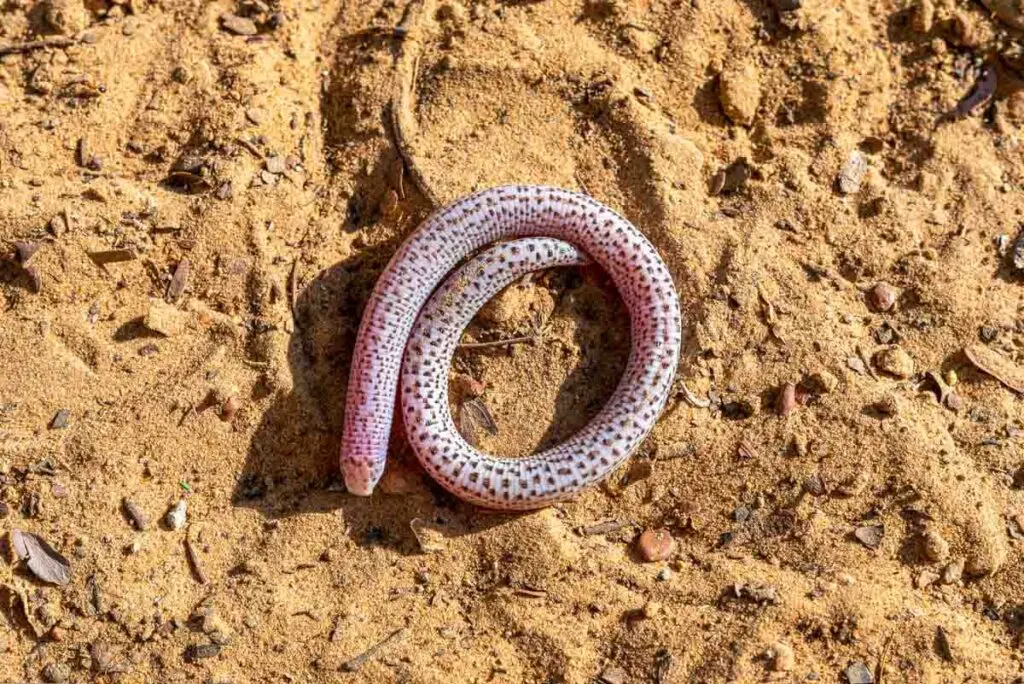
Zarudny’s worm lizards are a species of amphisbaenian reptile in the family Trogonophidae. The species is monotypic within the genus Diplometopon.
The species is found in Iran, Iraq, Kuwait, Oman, Qatar, Saudi Arabia, and the United Arab Emirates.
Animal Alphabet List
Animals With Z
We hope you enjoyed this fun animal list! Feel free to share it with your friends on social media.
Are we missing any animals beginning with Z? Then let us know in the comments, and we will update this list! 😉
